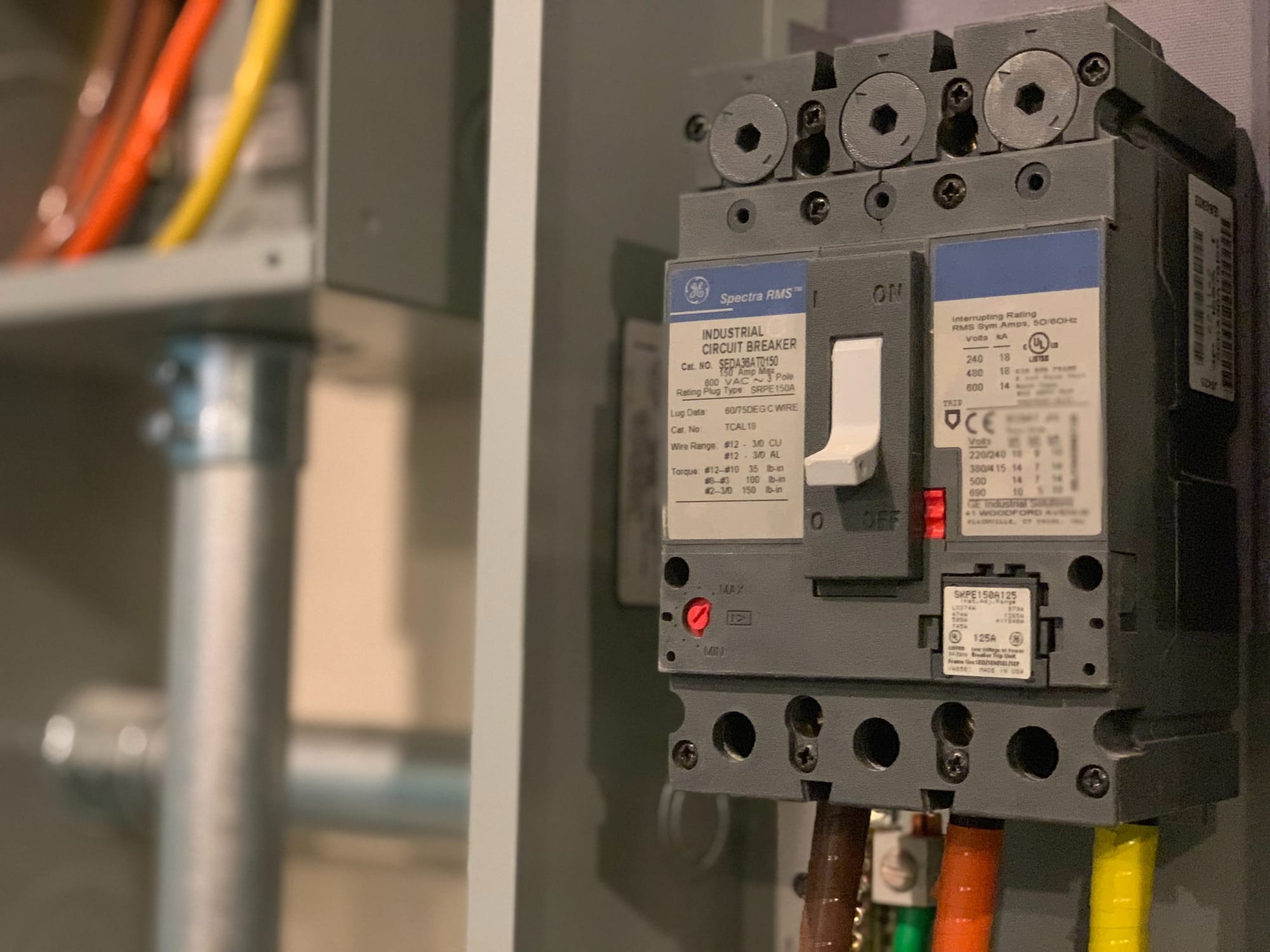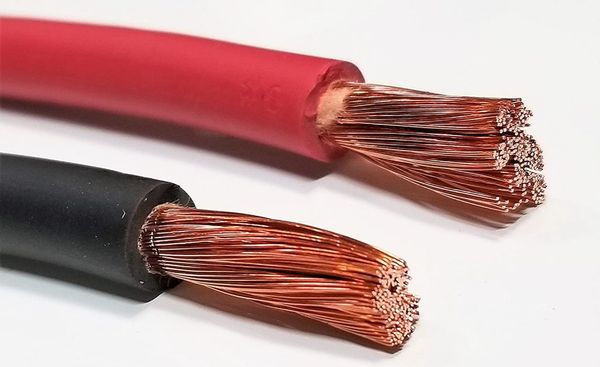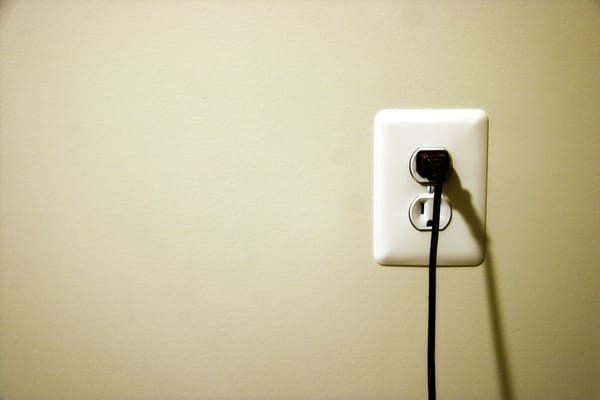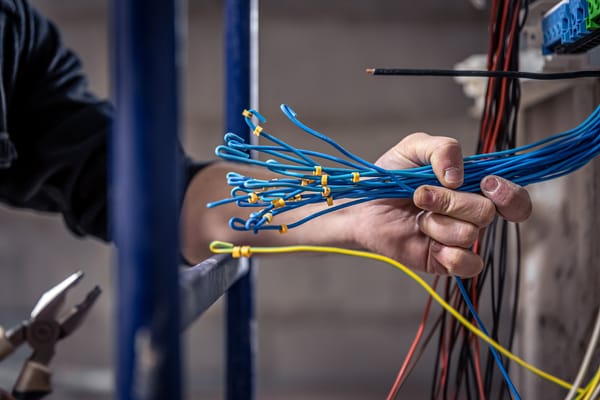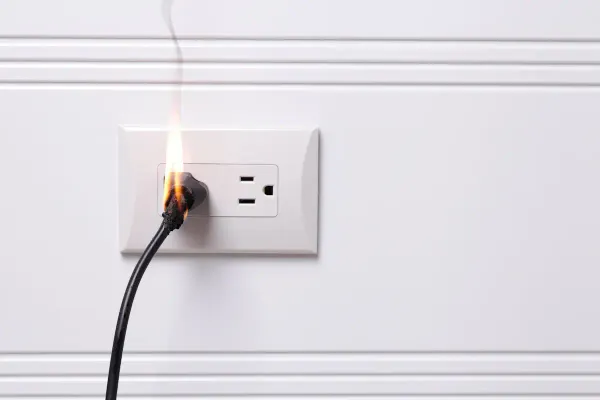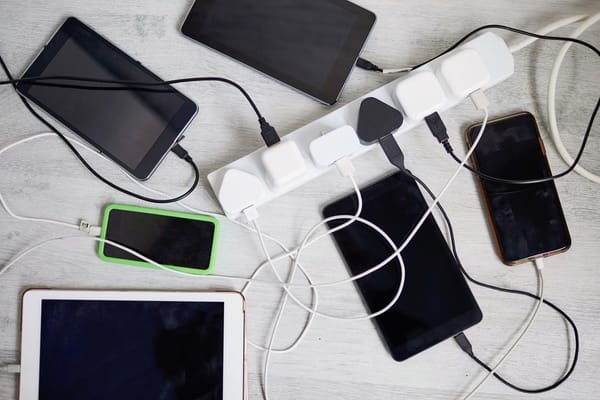Electrical issues in a home or office can be frustrating and potentially dangerous. One common problem is a circuit breaker that continually trips. This article provides a detailed guide on how to troubleshoot and fix a circuit breaker that keeps tripping, ensuring your electrical system is safe and functional.
Understanding Circuit Breakers
A circuit breaker is an essential component of your home's electrical system. It acts as a safety device that cuts off electrical power when there is an overload or a short circuit. Regular tripping can indicate a serious electrical issue.
Common Causes for a Tripping Circuit Breaker
Overloaded Circuit
The most common cause is an overloaded circuit. When too many appliances are running simultaneously, it exceeds the circuit's capacity.
Short Circuit
Another cause could be a short circuit, a more dangerous issue where a hot wire touches a neutral wire.
Ground Fault
Similar to a short circuit, a ground fault occurs when a hot wire touches the ground wire or the metal wall box.
Steps to Fix a Tripping Circuit Breaker
1. Identify the Cause
Start by identifying which circuit is tripping. Unplug all the appliances connected to that circuit.
2. Reset the Breaker
Once you have identified and addressed the potential cause, reset the breaker by turning it off and then on.
3. Check for Overloads
Reconnect the devices one at a time to identify if an overload is the cause. If the breaker trips again, you’ve likely found the culprit.
4. Inspect for Short Circuits
If the breaker trips immediately after reset, without anything plugged in, you might have a short circuit. Look for any obvious signs of damage to wires or outlets.
5. Test for Ground Faults
Ground faults in areas with high moisture, like bathrooms or kitchens, can cause tripping. Specialized testers can help detect these faults.
Understanding Your Home's Electrical Load
Balancing the Load
Balancing the electrical load across different circuits is key in preventing tripping. Ensure that high-energy appliances are evenly distributed and not all connected to a single circuit.
Monitoring Power Usage
Invest in a power monitor to keep track of the electrical load on each circuit. This helps in identifying potential overload situations before they cause a breaker to trip.
Energy-Efficient Appliances
Using energy-efficient appliances not only saves on your electricity bills but also reduces the likelihood of overloading circuits. Look for appliances with a high energy star rating.
Periodic Professional Inspections
Even with regular self-checks, having a professional electrician inspect your electrical system periodically is advisable. They can identify potential issues that might not be obvious to a layperson.
Maintenance Tips for Your Circuit Breaker
1. Regular Check-Ups
Conducting regular check-ups of your electrical panel and circuit breakers is vital. Look for any signs of wear, overheating, or rust. Regular maintenance can prevent many issues that cause circuit breakers to trip.
2. Upgrade When Necessary
As your power needs increase, your old electrical panel might not keep up. Upgrading your panel can prevent circuit overload and reduce the risk of tripping breakers.
3. Label Your Circuit Breakers
Properly labeling each circuit breaker with the area of the house it controls simplifies troubleshooting. This step is especially helpful during emergencies or routine checks.
4. Educate Your Household
Educating everyone in your household about the importance of electrical safety and how to respond to a tripped breaker is crucial. This awareness can prevent misuse and overloading of circuits.
When to Call a Professional
If you are unable to identify the cause or if the problem involves a short circuit or ground fault, it's time to call a licensed electrician. Electrical work can be hazardous, and professional help ensures safety and compliance with local electrical codes.
Preventing Future Trips
To prevent future issues:
1. Avoid overloading circuits by spreading out high-energy appliances.
2. Regularly inspect your electrical system for any signs of damage or wear.
3. Consider upgrading your electrical panel if it’s old or inadequate for your current power needs.
FAQs
Q: What should I do first when my circuit breaker trips?
A: Firstly, unplug all devices from the affected circuit and reset the breaker.
Q: Can I fix a short circuit by myself?
A: It’s not recommended to fix a short circuit yourself due to the risk involved. Consult a professional electrician.
Q: How can I tell if my circuit is overloaded?
A: If the breaker trips when multiple devices are used simultaneously, it’s likely an overload.
Q: Is it normal for a circuit breaker to trip occasionally?
A: Occasional tripping can happen, but frequent tripping indicates a problem.
Q: Can an old circuit breaker cause tripping issues?
A: Yes, as circuit breakers age, they can become less efficient and may trip more often.
Final Thoughts
Understanding the reasons behind a circuit breaker tripping is crucial in maintaining a safe and efficient electrical circuit in your home. Whether it’s due to a circuit overload, a tripped circuit breaker, or other electrical issues, addressing these problems promptly can prevent more significant concerns. Regular monitoring of your breaker panel and installing ground fault circuit interrupters in key areas can greatly reduce the risk of electrical fires. Remember, when a circuit breaker trips, it’s a warning sign that shouldn’t be ignored. Proactive measures and quick responses ensure that your electrical system remains in top condition, safeguarding your home and family.
If your circuit breaker keeps tripping, it's a clear indication that your home's electrical system requires attention. It could signal an overload, a ground fault, or an issue with the breaker panel itself. Regular checks, understanding the capacity of your electrical circuit, and professional inspections are vital steps in preventing and resolving these issues. Taking these precautions not only enhances the safety and functionality of your electrical system but also extends its lifespan. By staying vigilant and responsive to the signs of electrical issues, you can ensure a safe and uninterrupted power supply in your home.

